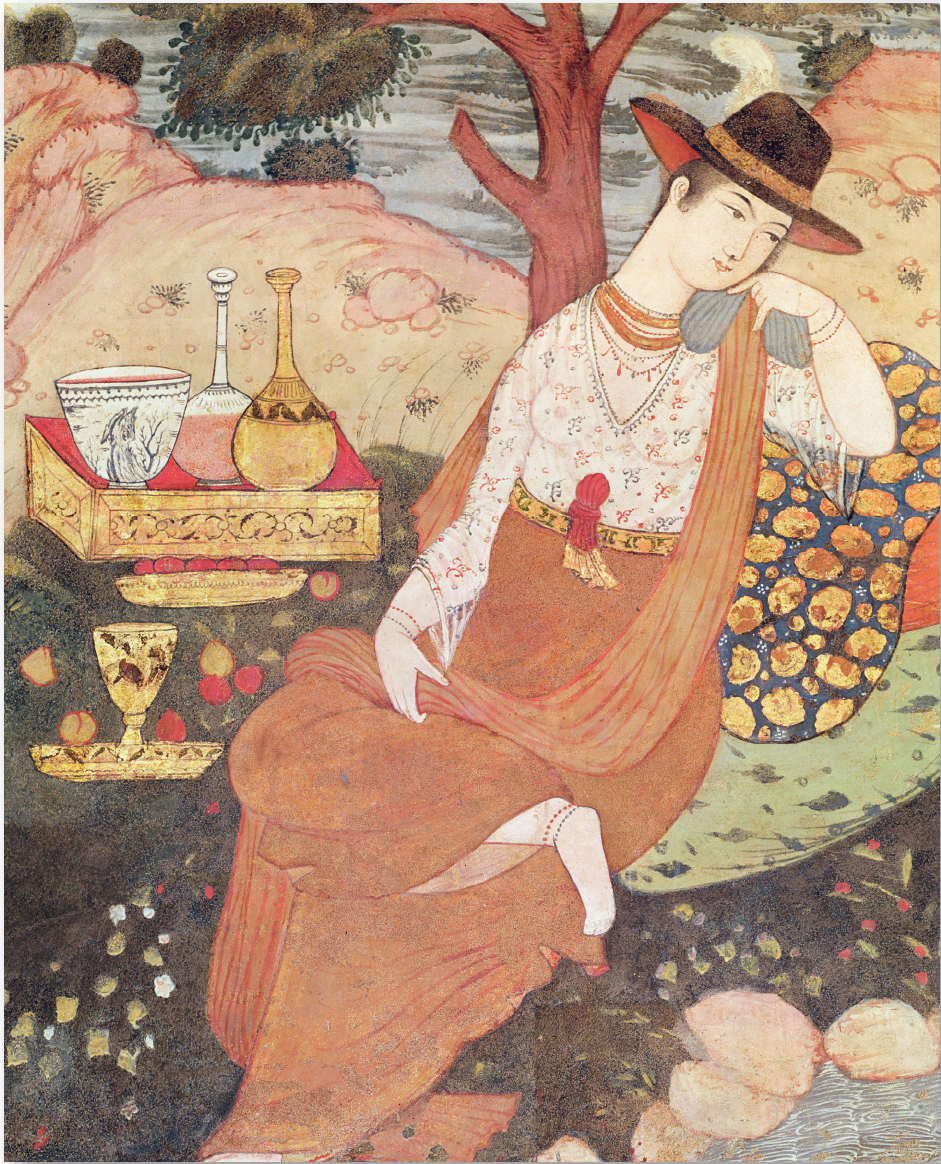A History of World Societies:
Printed Page 489
A History of World Societies Value
Edition: Printed Page 489
Introduction for Chapter 17
17
The Islamic World Powers
1300–1800

After the decline of the Mongol Empire in the mid-
Lasting more than six centuries (1299–